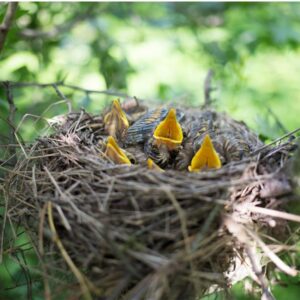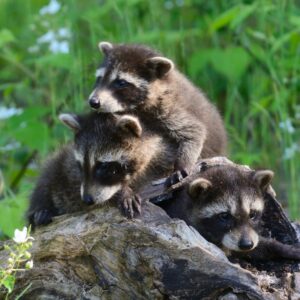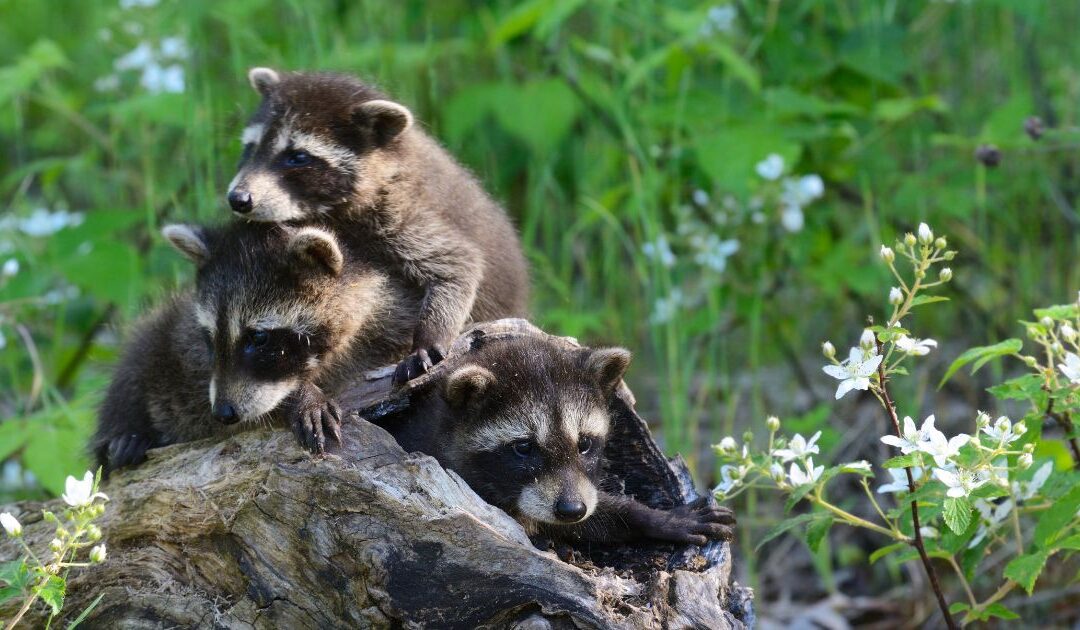Your fireplace offers a source of comfort and warmth for you. But did you know the neighborhood wildlife may see your chimney as holding a similar attraction? High, sheltered, and quiet, critters seeking shelter or protection from the elements may try to find it in your chimney system if they can.
Now, this may seem fairly innocuous if it isn’t during the burning season. But even the most ardent animal lover should discourage this kind of chimney sharing – in any season – for a number of reasons.
Why Having Animals in Your Chimney Is Problematic
Having animals in your chimney poses several hazards and inconveniences for both you and your household, and it can be dangerous to the animal in question, as well. Here are some of the reasons playing host to creatures is problematic:
- Structural damage. Animals have an impact. When they set up shop, they make changes to the environment. These can come about by gnawing, scratching, and nesting and can significantly damage the chimney liner, bricks, and mortar. Over time, this can weaken structural integrity and become hazardous.
 Ventilation concerns. Nesting materials, debris, and animal waste can accumulate and create blockages in your chimney. Even partial blockages can obstruct proper ventilation – and ventilation is a primary job of a chimney! An obstruction will prevent your chimney system from running efficiently. Even more problematically, it can cause smoke and the harmful gas carbon monoxide to back up into your home, polluting the air in your living space and posing health risks.
Ventilation concerns. Nesting materials, debris, and animal waste can accumulate and create blockages in your chimney. Even partial blockages can obstruct proper ventilation – and ventilation is a primary job of a chimney! An obstruction will prevent your chimney system from running efficiently. Even more problematically, it can cause smoke and the harmful gas carbon monoxide to back up into your home, polluting the air in your living space and posing health risks.- Fire risk. Animals can bring flammable materials into your chimney, such as leaves, twigs, and nesting materials. If you put these materials and the heat from a fireplace or wood stove (or an errant spark) together, you increase your risk of chimney or roof fires. And while brick and mortar have some heat resistance, the structural damage animals can cause may leave other construction materials in your home more vulnerable to heat and combustion.
- Health threats. Wildlife may be cute – but the diseases, parasites, and bacteria that they can carry aren’t. Wild animals can transmit undesirable health effects such as histoplasmosis, rabies, roundworm, or ticks, and breathing in their droppings can also trigger respiratory issues, especially for individuals with asthma and allergies. Animals can also become aggressive, especially if they’re nurturing young. This can become a problem if the animal(s) find their way into your home through your fireplace opening.
- Odors. Animals and their droppings can smell. And sadly, while birds and bats may be able to escape your flue, many creatures cannot. When an animal gets stuck in a chimney, it will likely eventually die, increasing the odor issue and attracting bugs.
- Noise. It may not be as concerning as disease or obstruction, but listening to the scurrying, chirping, and chattering of animals can become a serious annoyance – and shatter the peaceful ambiance or your living areas.
Who To Call When Animals Are Stuck in Your Chimney
If you have an animal in your furnace, wood stove or fireplace system, don’t panic. As industry professionals, we’re familiar with all the ins and outs of a chimney system, and we can safely and humanely remove animals that have set up camp in your chimney.
At this point, it’s also important to have your chimney professionally swept and inspected to make sure any blockage has been entirely cleared with no inherent dangers left.
Keeping Animals Out of Your Chimney
Once the offending animal has been removed, it’s time to think preventatively. If an animal has been in your chimney, it’s likely that your chimney cap is missing or in disrepair. Having a new, high-quality chimney cap installed will save you lots of wildlife woes.
 A chimney cap is fitted with a mesh screen that allows smoke and gases to escape, but has a small enough aperture to keep out animals. The top is usually solid stainless steel, which acts as a barrier against creatures, debris, and precipitation – meaning it protects your system against more than just animals. Suffice it to say, a well-fitting and properly installed chimney cap is a meaningful investment in your home that more than pays itself off over time.
A chimney cap is fitted with a mesh screen that allows smoke and gases to escape, but has a small enough aperture to keep out animals. The top is usually solid stainless steel, which acts as a barrier against creatures, debris, and precipitation – meaning it protects your system against more than just animals. Suffice it to say, a well-fitting and properly installed chimney cap is a meaningful investment in your home that more than pays itself off over time.
Trimming surrounding trees to keep branches at a safe distance – at least 15 foot at the minimum – from your chimney can also discourage animals from gaining access to your roof and chimney, and sealing off any gaps or cracks outside the chimney opening that animals could use as an entry point will help prevent them from finding their way into your home.
An Exception to Removal: Federally Protected Animals
Typically, humanely removing any animal that takes up residence in your chimney is no problem for us. However, if the animal in the chimney is federally protected, our technicians will be unable to take any immediate action.
One particular species that meets this criteria is the chimney swift. Chimney swifts are small, migratory birds that are protected under the Migratory Bird Treaty Act. Because their populations have been declining due to habitat loss, it’s illegal to disturb their nests during nesting season.
Once you’ve waited them out, however, their nests can be removed so your chimney can be safely used again. Just don’t forget to invest in a solid chimney cap, so they can’t come back.
We Can Remove Animals Safely
If you’ve found yourself playing unwitting host to curious critters, there are steps you can take to have animals removed and keep them from re-entry. Schedule an inspection today so we can help you reserve your home heating chimney system for your use only.

